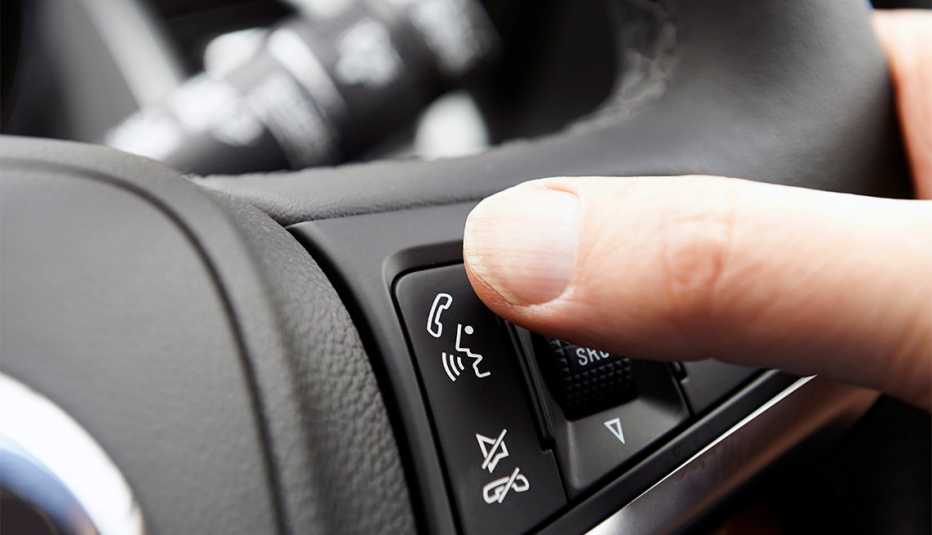Staying Fit
When it comes to staying safe on the road, this is a good time to be an older driver.
The number of people 70 and older killed in crashes has decreased by 18 percent in the last two decades to 4,792 deaths in 2016, according to the Insurance Institute for Highway Safety (IIHS). And today’s older drivers are involved in fewer crashes per mile traveled than those in prior generations.


AARP Membership— $12 for your first year when you sign up for Automatic Renewal
Get instant access to members-only products and hundreds of discounts, a free second membership, and a subscription to AARP the Magazine.
These positive trends come as the number of drivers who are 70 and older is increasing. One reason for fewer fatalities: Vehicles are safer than ever. “Side airbags have been standard on the majority of new vehicles since the 2008 model year, and we are seeing the benefits of improved side-impact protection in the crash data, especially for older drivers,” says Jessica Cicchino, IIHS vice president for research. “Today’s older drivers are walking away from crashes that might have killed their grandparents.”
Simply getting older shouldn’t affect your safety and fitness to drive. Many older drivers enjoy better health than drivers who were the same age decades ago, so they can function more safely today, and for a longer time.
Read the warning signs
Still, a time may come when you’ll need to consider giving up the keys. Many chronic health conditions can compromise driving skills, from the obvious culprits like cataracts, arthritis, Alzheimer’s disease and sleep apnea, to the less-obvious ones (diabetes, for example, if your blood sugar levels suddenly dip).
So how do you know if it’s time?
Here are five questions to ask yourself — or a loved one you are concerned about — to assess whether it’s OK to stay behind the wheel.
1. Do you frequently have difficulty reading street signs and seeing street markings?
2. Does driving leave you feeling anxious and stressed?
3. Have friends or family members expressed concern regarding your driving, or said they don’t feel safe with you behind the wheel?
4. Do you have difficulty with certain physical requirements of driving? For example, do you have trouble looking over your shoulder when changing lanes?
5. Are you currently taking medication that causes drowsiness or otherwise impedes your ability to drive?
If you answered yes to even one of these questions, and you want to keep driving, consider these steps.


































































